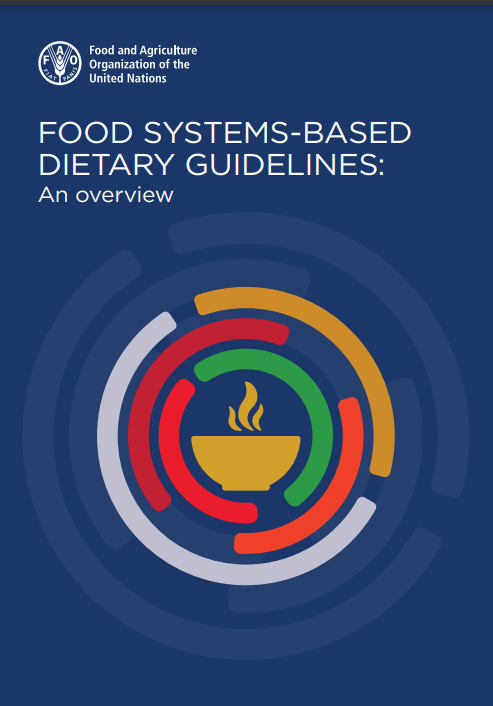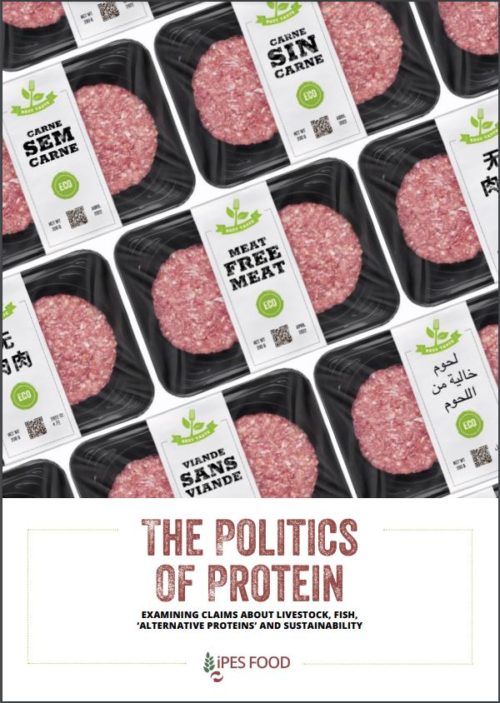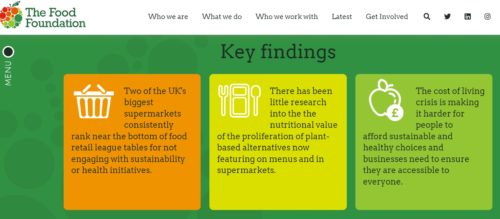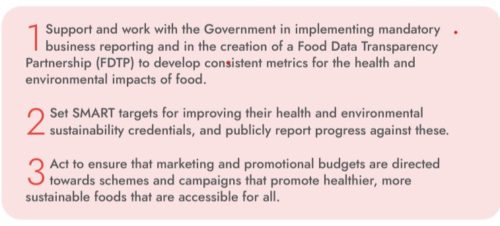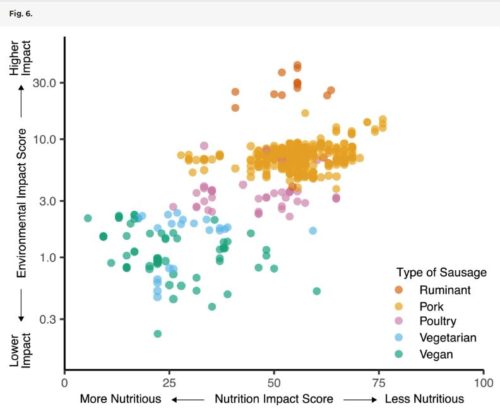Pet Food II: The environmental impact
t foods are typically made from the by-products of human food production. These, like offals, are plenty nutritious; we just don’t happen to want to eat them. Pet foods therefore, reduces food waste.
A reader and friend, Patricia Gadsby, sent me this note:
Never occurred to me to ask this question before. But when the idea occurred I thought of you. What percentage of greenhouse gases are attributable to pet food? I found this.
Here’s the article she refers to:
Pedrinelli, V., Teixeira, F.A., Queiroz, M.R. et al. Environmental impact of diets for dogs and cats. Sci Rep 12, 18510 (2022). https://doi.org/10.1038/s41598-022-22631-0
The chief findings of this analysis of Brazilian pet foodss:
- Pet food has a high environmental impact.
- Wet diets have the highest.
- Dry diets have the least .
- The more animal protein, the higher the impact.
- The more calories, the greater the impact.
Like all environmental impact studies, this one depends on assumptions and tradeoffs. The analysis does not consider the role of food waste., although the authors discuss this issue.
Several ingredients used in pet food are considered by-products, and this could be considered as a factor that reduces the impact of these foods…approximately 38% of beef, 20% of pork, and 19% of chicken is viscera or blood that is not used for human consumption31. Of all the by-products produced in Brazil, 12.8% are used in the pet food segment, and the rest is used for animal production, biodiesel, hygiene, and
cleaning, among other uses…In the present study, all types of diets contained by-products such as ofal or meat meals, although
dry and wet diets presented by-products more often than homemade diets.
I’m waiting for consensus on the assumptions.
In the meantime, two other items on pet food sustainability:
- Insect protein is a key solution to a sustainable pet food industry: Government interest and funding are increasing for using insects to help meet climate goals. .Read more
-
Research reveals vegan diets can improve dog health: A study lead by Professor Andrew Knight at the University of Winchester in the UK found fewer cases of health disorders overall in dogs fed vegan diets. [Paid for by ProVeg International and conducted by authors linked to it and other animal welfare organizations—the full study is here].
Comment
Thanks to Phyllis Entis, author of TAINTED. From Farm Gate to Dinner Plate, Fifty Years of Food Safety Failures and TOXIC. From Factory to Food Bowl, Pet Food Is a Risky Business for the vegan diet item. Vegan diets may be more environmentally sustainable, but are they best for a dog or cat’s health? That question involves assumptions and tradeoffs about health and environmental impact.
The health impact would be easier to address if researchers were studying such questions. But, as I discussed in my co-authored book about pet food issues, Feed Your Pet Right, remarkably little research is being done on dog and cat diets. I think there are three reasons for the lack of research:
- Pet owners do not approve of experimentation on companion animals.
- The government does not want to bother to invest in research on pet food.
- No pet food company wants to pay for diet studies that might not help sell pet food.
Personally, I would like to see studies examining the effects of high- and low-end commercial foods on health and sustainability. Without them, we are left with assumptions and tradeoffs, and personal beliefs about what’s best for our beloved animals.

